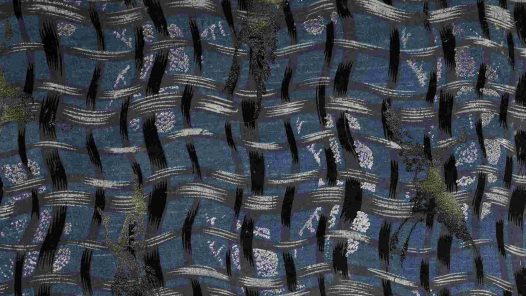Eleanor from Martha’s Vineyard, Massachusetts, is pondering navel-gazing after being surprised to learn that her adult son was unfamiliar with the term. Staring downward at one’s belly to induce a mystical trance has a long history: The Medieval Greek word omphalopsychoi denoted 14th-century mystic monks of Mt. Athos, Greece, a combination of omphalos, or “navel,” which is cognate with Latin umbilicus, and psyche, or “spirit.” In the mid-19th century, this word was adapted into English as omphalopsychite, and still later the term omphaloskepsis was used as a joking way to refer to the practice of staring fixedly at one’s navel to induce a mystical trance. A similar idea appeared in Robert Vaughn’s 1856 book Hours with the Mystics where he describes the monks of Mt. Athos gazing toward their navels and refers to them as Navel-contemplators. This is part of a complete episode.
- Listen on:
- Apple
- Spotify
- Podcast Feed
- »




